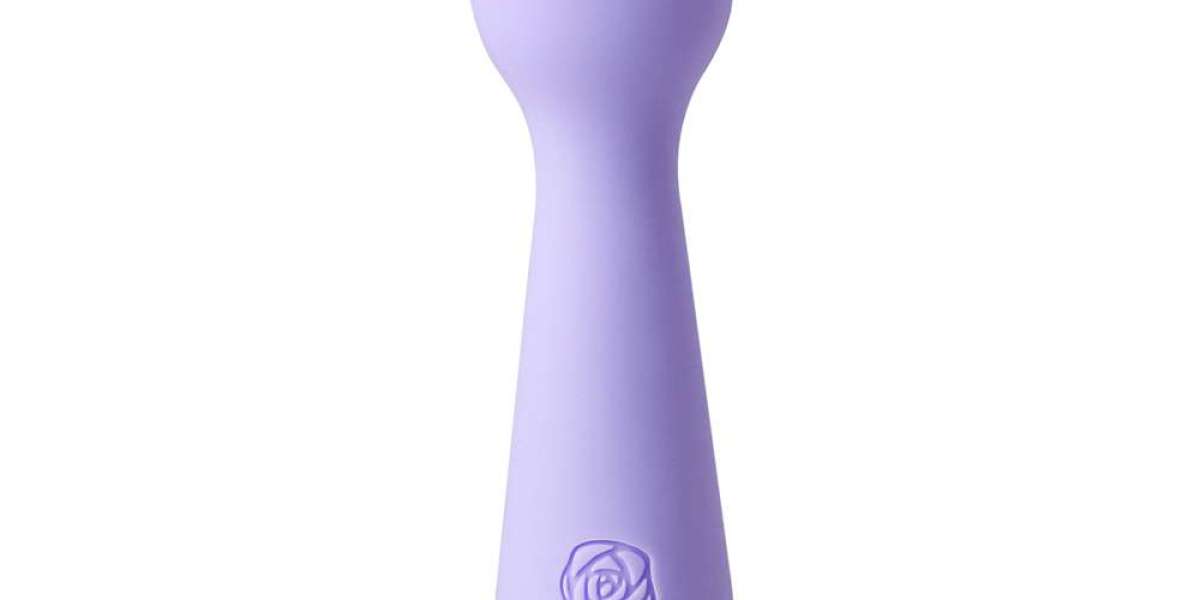In the ever-evolving world of skincare, medical facials have emerged as a powerful treatment option for those seeking visible, long-term skin improvements. Unlike regular spa facials that primarily focus on relaxation and surface-level cleansing, medical facials are customized, results-driven treatments performed by trained professionals using advanced technology and medical-grade products.
Whether you're dealing with stubborn acne, signs of aging, or uneven skin tone, medical facials can be tailored to address a wide range of skin issues. Let’s explore the top 5 skin concerns that medical facial can treat effectively, and why they’re becoming a go-to solution for skincare enthusiasts around the world.
1. Acne and Congested Skin
Acne is one of the most common skin concerns affecting people of all ages. From blackheads and whiteheads to painful cystic acne, the condition can be frustrating and often leaves behind marks or scars.
Medical facials are highly effective for acne-prone skin because they go beyond the surface. These treatments typically include:
- Deep pore cleansing using steam and extractions
- Exfoliation with chemical peels or microdermabrasion to remove dead skin cells
- LED light therapy to reduce inflammation and kill acne-causing bacteria
- Medical-grade masks or serums with ingredients like salicylic acid or niacinamide
The result? Reduced breakouts, less redness, and clearer skin over time. With consistent sessions and proper aftercare, medical facials can help you maintain long-term acne control.
2. Hyperpigmentation and Uneven Skin Tone
Dark spots, melasma, and sun damage are common pigmentation issues that can dull your complexion and affect your confidence. While over-the-counter products may offer minor improvements, they often fail to penetrate the deeper layers of the skin where pigmentation resides.
Medical facials offer a more intensive approach to reducing discoloration. Treatments often include:
- Brightening peels with glycolic acid or lactic acid to exfoliate and lighten dark spots
- Vitamin C serums to even out skin tone and boost radiance
- Targeted masks are designed to inhibit melanin production
These ingredients are delivered using professional-grade techniques that allow deeper penetration. Over a series of treatments, you’ll notice a more balanced, even-toned complexion with a visible reduction in dark patches and spots.
3. Fine Lines and Wrinkles
As we age, collagen production slows down, leading to the appearance of fine lines, wrinkles, and sagging skin. While this is a natural process, environmental stressors like sun exposure and pollution can accelerate skin aging.
Medical facials help to restore the skin's youthful appearance by promoting collagen stimulation and skin renewal. Anti-aging medical facials may include:
- Microneedling to boost collagen production
- Radiofrequency or ultrasound-based tightening to firm the skin
- Peptides and retinol-infused serums to soften fine lines
- Hydration therapy to plump and smooth the skin
Over time, these treatments improve skin elasticity, firmness, and texture, giving your skin a more youthful and refreshed look without invasive procedures.
4. Dryness and Dehydration
Dry, flaky, or dull skin can be a result of environmental changes, aging, or even certain skin conditions. When your skin lacks moisture, it not only looks tired but also becomes more vulnerable to irritation and premature aging.
Medical facials are excellent for deeply hydrating and nourishing the skin. These facials go beyond a basic moisturizer and often include:
- Hydradermabrasion or infusion techniques to push hydration deep into the skin layers
- Hyaluronic acid-based serums to retain moisture
- Customized masks and infusions that address individual hydration needs
After a hydrating medical facial, your skin feels plump, dewy, and radiant. With regular sessions, you can maintain healthy moisture levels and a vibrant complexion year-round.
5. Enlarged Pores and Uneven Texture
Large, visible pores and rough skin texture can make even healthy skin appear less smooth. This concern is often caused by excess oil production, dead skin buildup, or loss of elasticity.
Medical facials address this issue by refining the skin's surface and tightening the pores through:
- Exfoliation with chemical peels or enzyme treatments
- Extraction of impurities that clog and stretch pores
- Collagen-boosting techniques to improve skin firmness
- Pore-minimizing serums and toners are used during the treatment
These facials help you achieve smoother, tighter skin and reduce the appearance of pores, making your complexion look cleaner, softer, and more refined.
Final Thoughts
From acne and pigmentation to aging and dehydration, medical facials offer a holistic solution for many of today’s most common skin concerns. They combine science-backed ingredients, advanced techniques, and personalized care to help you achieve noticeable, long-lasting results.
Unlike regular spa facials, medical facials are not one-size-fits-all. They’re designed based on your skin's current condition, concerns, and goals, making them a highly effective part of a comprehensive skincare routine.
Whether you’re new to skincare treatments or looking for something beyond surface-level pampering, investing in medical facials could be the game-changer your skin has been waiting for.


